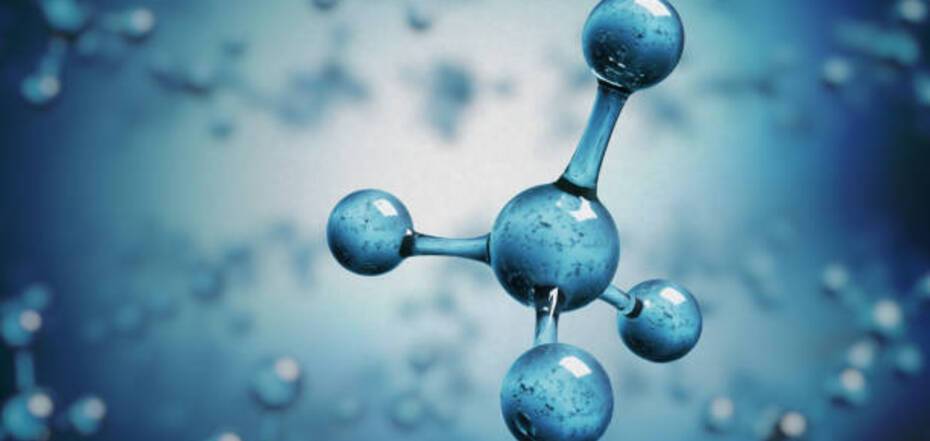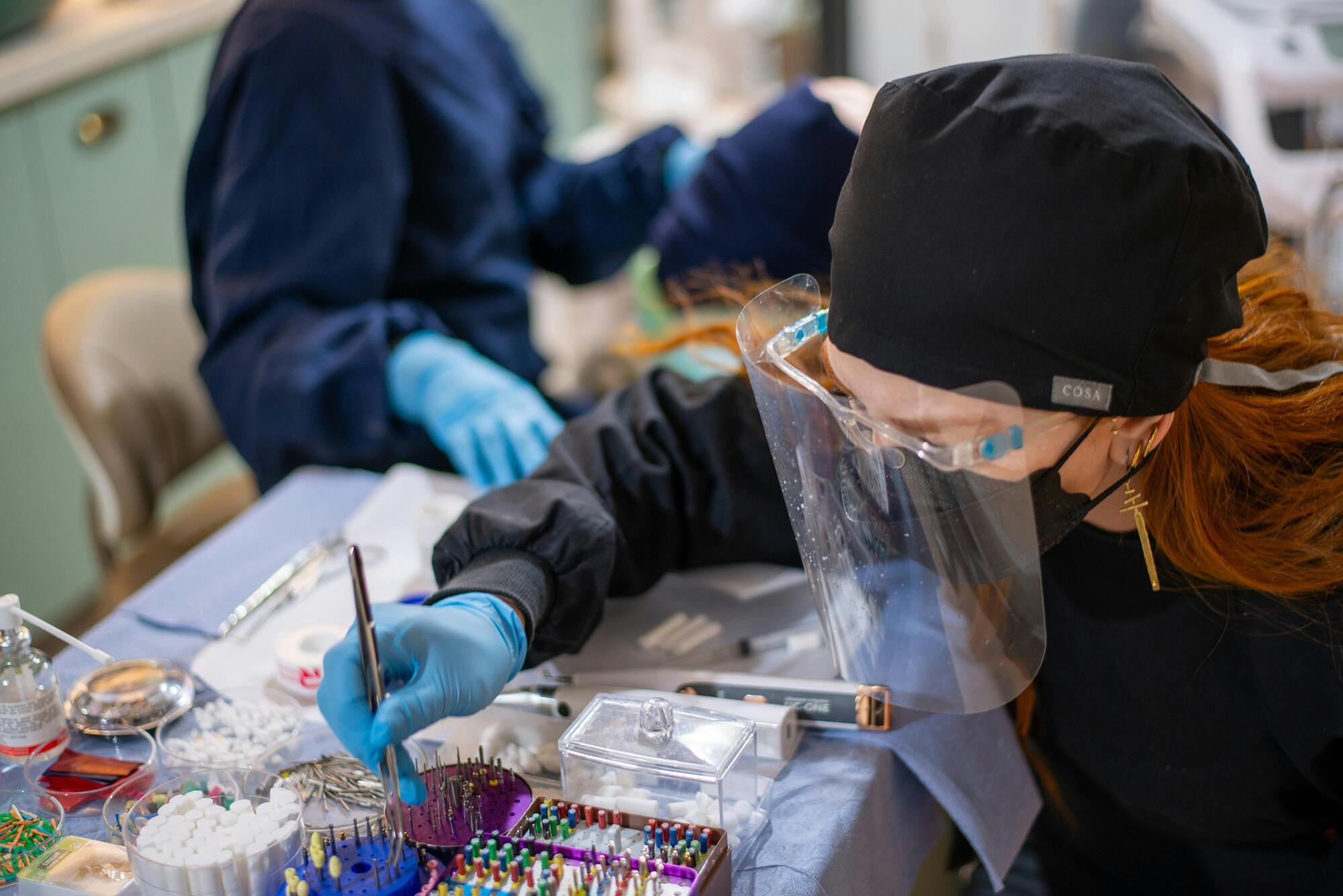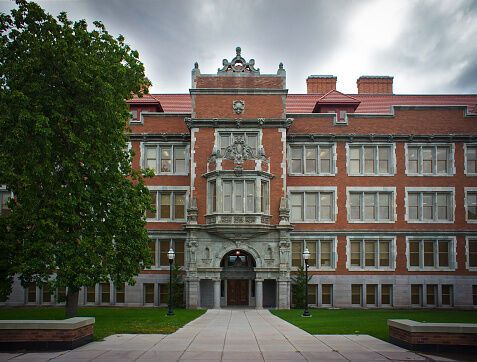News
The mystery of the century has been solved. Scientists have synthesized a chemical compound that could revolutionize medicine, agriculture, and electronics
Chemists have synthesized a highly reactive chemical compound that has puzzled generations of scientists for 120 years. The scientific breakthrough could help develop innovative treatments, healthy agricultural products, and advanced electronics.
For decades, researchers have been studying molecules called N-heteroarenes, ring-shaped chemical compounds containing one or more nitrogen atoms. Scientists at the University of Minnesota's College of Science and Engineering have managed to synthesize them, SciTechDaily reports.
Biologically active molecules with an N-heteroarene nucleus are widely used in medicine, pharmaceuticals, agriculture, and electronics.
"Although the average person doesn't think about heterocycles on a daily basis, these unique nitrogen-containing molecules are widely used in all areas of human life," says Courtney Roberts, senior author of the study.
A challenge for the chemical community
A number of industries cannot do without molecules. But their creation is an extremely difficult task for chemists. Despite repeated attempts, scientists have not been able to create a series of such molecules.
One reason is that these molecules are extremely reactive. Chemists even had to use computer modeling to realize that they could not be created. The problem lasted for more than a century - there was no solution to create this chemical.
"We were able to carry out these chemical reactions using special equipment and remove everything that is contained in the atmosphere. The experiment was carried out under nitrogen in a closed chamber box, which creates a chemically inactive environment for testing and moving samples," commented Jenna Hamke, a graduate student in the Department of Chemistry at the University of Minnesota.
The experiments were conducted using metal-organic catalysis, the interaction between metals and organic molecules. The research required collaboration between organic and inorganic chemists. The University of Minnesota says they have a unique chemistry department.
"We have no formal divisions, which allowed us to assemble a team of experts in all areas of chemistry. That was a vital component to completing this project," explains Courtney Roberts, the study's leader.
The next task is to make the compound available to other chemists.
This can help solve very important problems in various fields, including saving lives.
Only verified information is available on the OBOZ.UA Telegram channel and Viber. Do not fall for fakes!





























